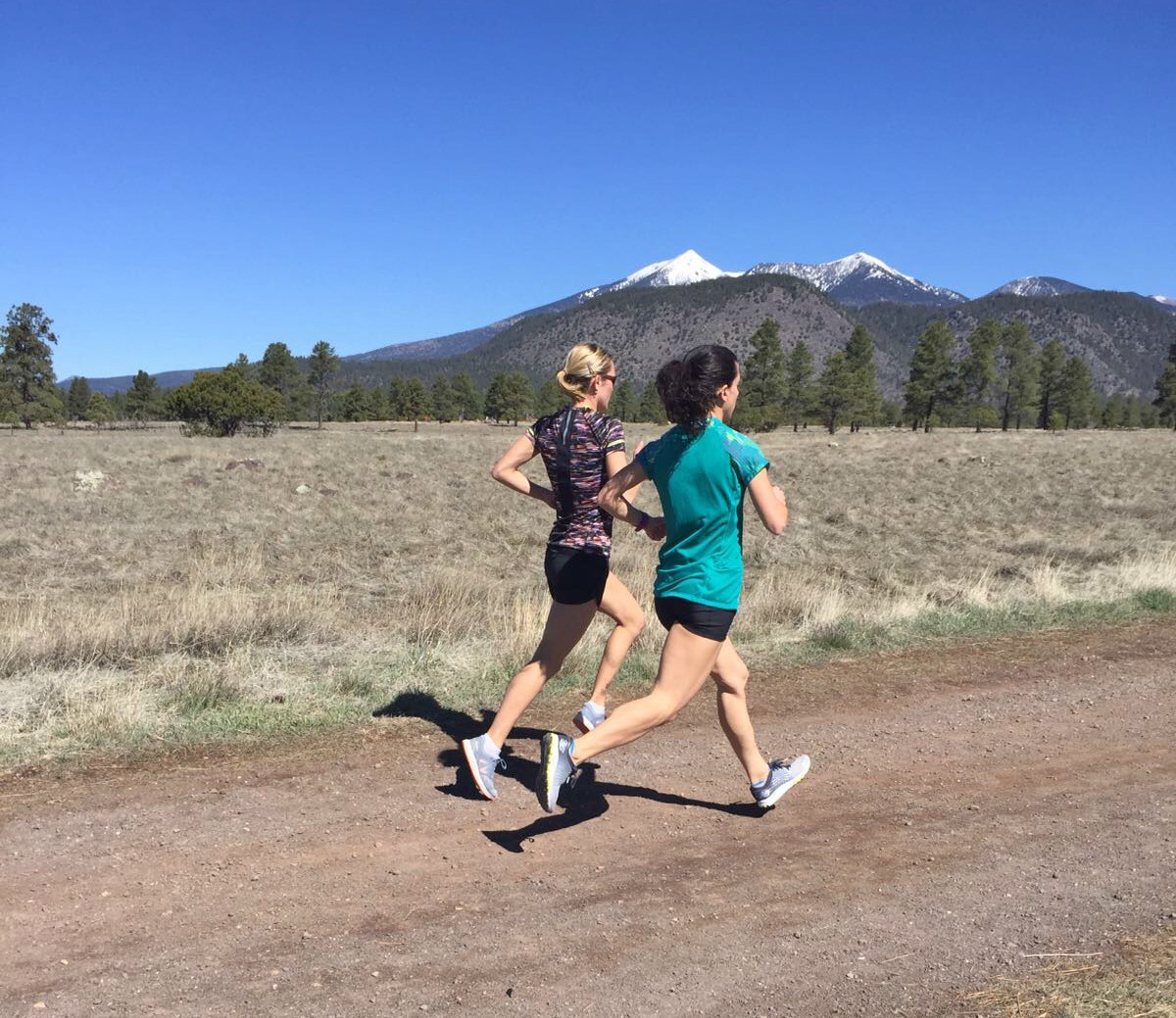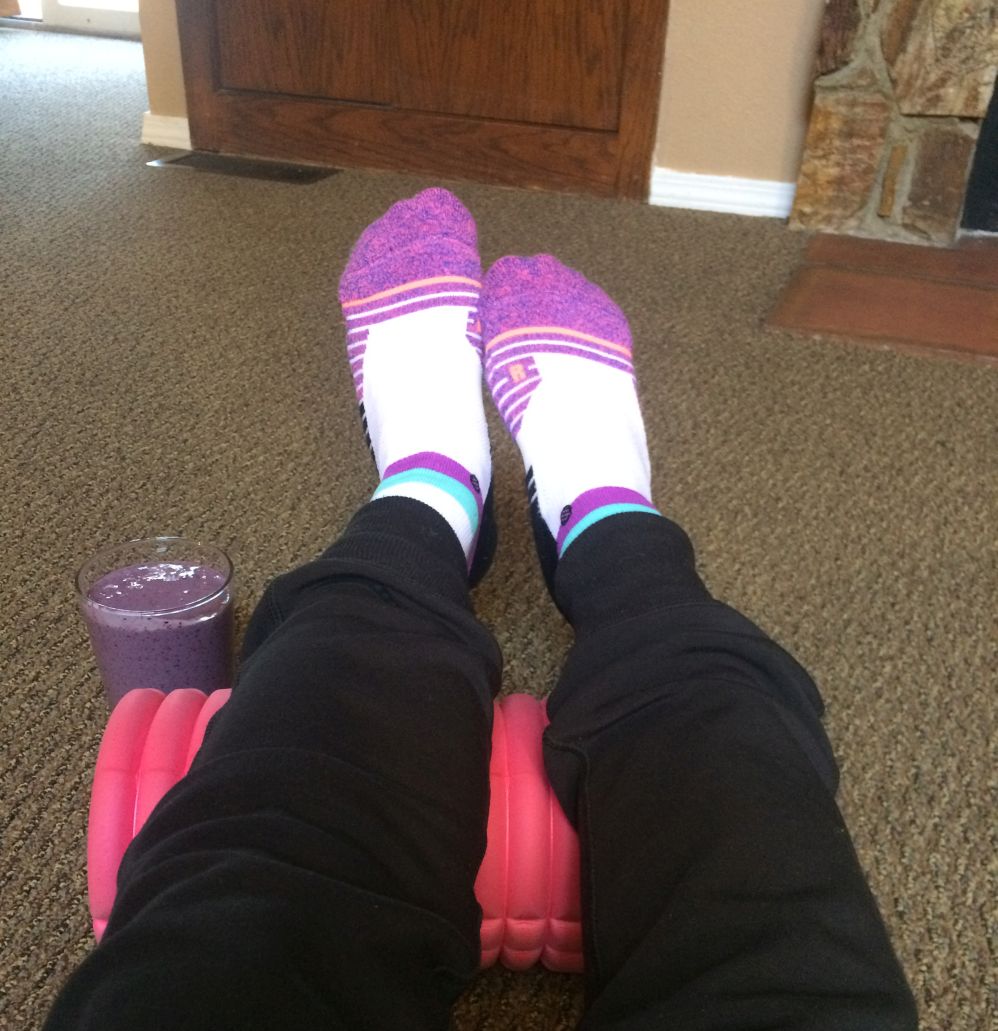Elite secrets: Priming for the workout with proper recovery
Andrea Seccafien is an Olympian training in Flagstaff. She has been recording her thoughts from the run in Canadian Running's newest blog series.


Andrea Seccafien is a Canadian 5,000m runner and Olympian. She is the latest addition to Canadian Running’s blog roll.
When at elevation and deprived of oxygen, the body doesn’t recover as it normally does. This can result in energy depletion and an increased risk of injury and sickness. Right now, I’m training in Flagstaff and our coaches modify training plans accordingly, but as athletes, we’re responsible for introducing more recovery strategies into our training and paying closer attention to how we’re feeling.
These days, I’m heavily focusing on recovery. In doing so, I hope to carry some of the habits that I develop at elevation back to sea level. How you recover is just as important as the training you do so after a workout, I immediately start the recovery process and include several interventions throughout the day to make sure I’m ready to work out in a few days. If you’re struggling with learning how to properly recover, I’ll let you in on a few of my tips.
RELATED: A day in the life of an elite training in Flagstaff
RELATED: When the truth hurts more than your injury
Recovery Foods
Getting in food with some protein, carbs, and fats after a workout is key if you want to kick-start the recovery process. I bring along a fruit smoothie with some whey protein to the track or trails so I can consume some calories within 30 minutes of my last interval. Immediately when I get back to our condos, I make a more substantial meal.
Hydration
In both the high and dry climate of Flagstaff and the humidity of Toronto, hydration is a vital component in recovery. Exercise causes muscles to become stronger by first breaking them down and then rebuilding them using muscle protein synthesis. This protein synthesis, however, requires that muscles are well hydrated. If you’re dehydrated following a workout, the protein synthesis that rebuilds muscles will be slowed and subsequently it will delay your recovery from the workout. Being well hydrated after a workout also helps your heart rate recover faster. To make all of these things go smoothly, I drink water with some electrolytes before and after workouts.

Foam Roll
You won’t meet an elite runner who doesn’t travel with a foam roller. Most runners rely on self treatment to bridge the gap between manual therapy sessions and for daily self mito-fascial release (SMR). SMR will keep trigger points and scar tissue broken up within the muscle and fascia, allowing normal function and normal motion. It helps you push the metabolic waste out of your muscles and it’s a lot cheaper than having a massage every week. When I get back from a workout or run, I spend a few minutes rolling any areas that felt tight. If I do a workout in spikes, for example, I know my calves are going to be sore so I’ll spend a few minutes rolling them out ASAP.
Manual Therapy
While I’m training in Toronto, I see Kris Sheppard for chiropractic treatment and Marc Dones for massage at the Runner’s Academy once a week for recovery and injury prevention. Athletics Canada has currently brought along a chiropractor, physio and massage therapist for the athletes. I try to use them as needed and a bit more liberally than at home because of the slowed recovery at altitude. Manual therapy is a highly important part of all elite athletes recovery regime and with regular appointments can significantly reduce injury.


